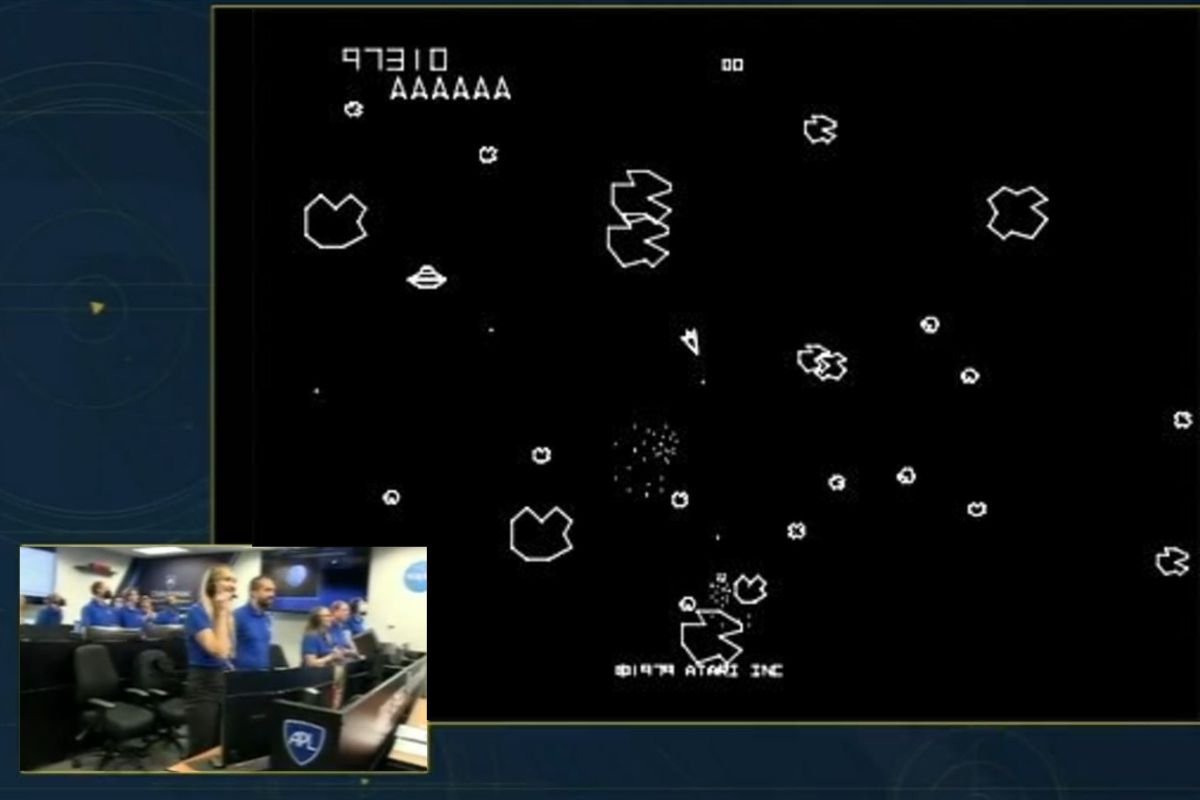Almost every science fiction movie that features a plot where a giant asteroid has its eyes set on Earth also has some federal agency trying to blow it up before it gets too close. As far off as that feels, a similar idea was tested by NASA as a real solution to a very possible threat. On November 24, 2021, NASA launched its Double Asteroid Redirection Test (a.k.a. DART) project after years of development and a 300 million dollar investment. On September 26, we got a handful of images as DART hit its target—a small-ish asteroid named Dimorphos.
DART began in about 2015 as a way of putting us one step closer to an actual contingency plan if an asteroid were hurtling towards Earth, which there’s not really much we could do about at this point. Though the country usually seems reactive to problems (see public health and crime policies), NASA has always, at least in part, been about an investment in the future. This future includes the possibility of absolute destruction or rapid ice age by way of rocks flying at us with incredible speed.
Here’s the video of DART having its hero moment, crashing into an asteroid:
Yes, I know, technically, this isn’t exactly like a spaceship pew pew-ing an asteroid with a laser like in Atari’s Asteroids. However, I’m more than okay settling for this method, in which we crash a ship into an asteroid to alter its trajectory, instead. It feels more chaotic, but I’m sure NASA is accounting for things I can’t wrap my head around, like how lasers would even work at a long distance in space or how to power and aim.
Did we win?
Luckily, Dimorphos was actually not heading for Earth at all. (That’s the official report, anyways.) This is great for many reasons, but I think we can agree that it’s mostly because no one wants to run their first drill during an emergency. Because Dimorphos was over 7 million miles away, we won’t actually know how successful this mission was in redirecting the asteroid (beyond the achievement of crashing into it) for another few weeks. Estimates put the update of the state of the asteroid at late November, and finding out exactly how the asteroid’s trajectory was affected will provide important data to help refine this strategy for the future—and possibly save us all someday.
In celebration of this win, Google created a new search gimmick. When you type in “NASA DART” (capitalization isn’t important for the desired effect), a digital DART will come and crash land on your screen. To learn more about NASA’s journey at the very early stages of DART, check out this great video by Vox.
(via NPR, featured image: CSPAN, Atari, & Alyssa Shotwell)
—The Mary Sue has a strict comment policy that forbids, but is not limited to, personal insults toward anyone, hate speech, and trolling.—










Published: Sep 27, 2022 04:03 pm